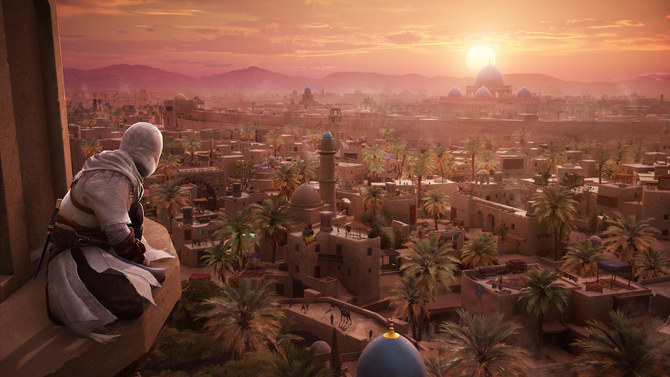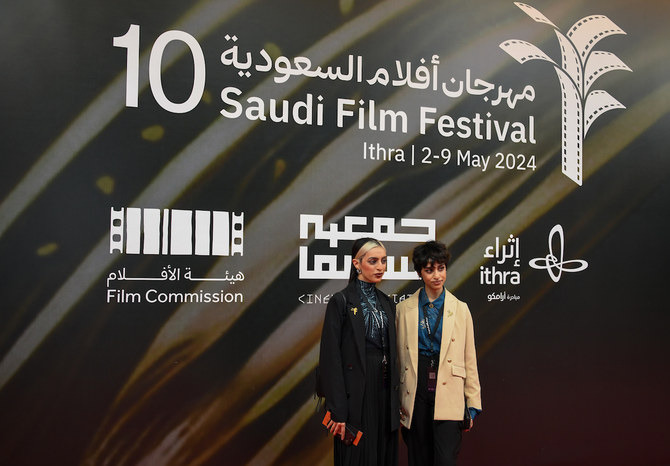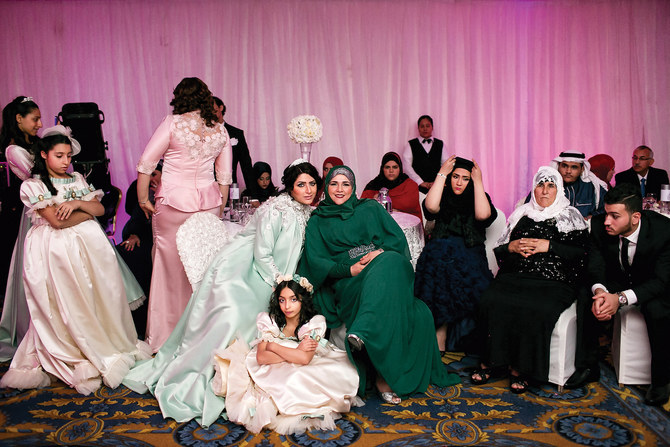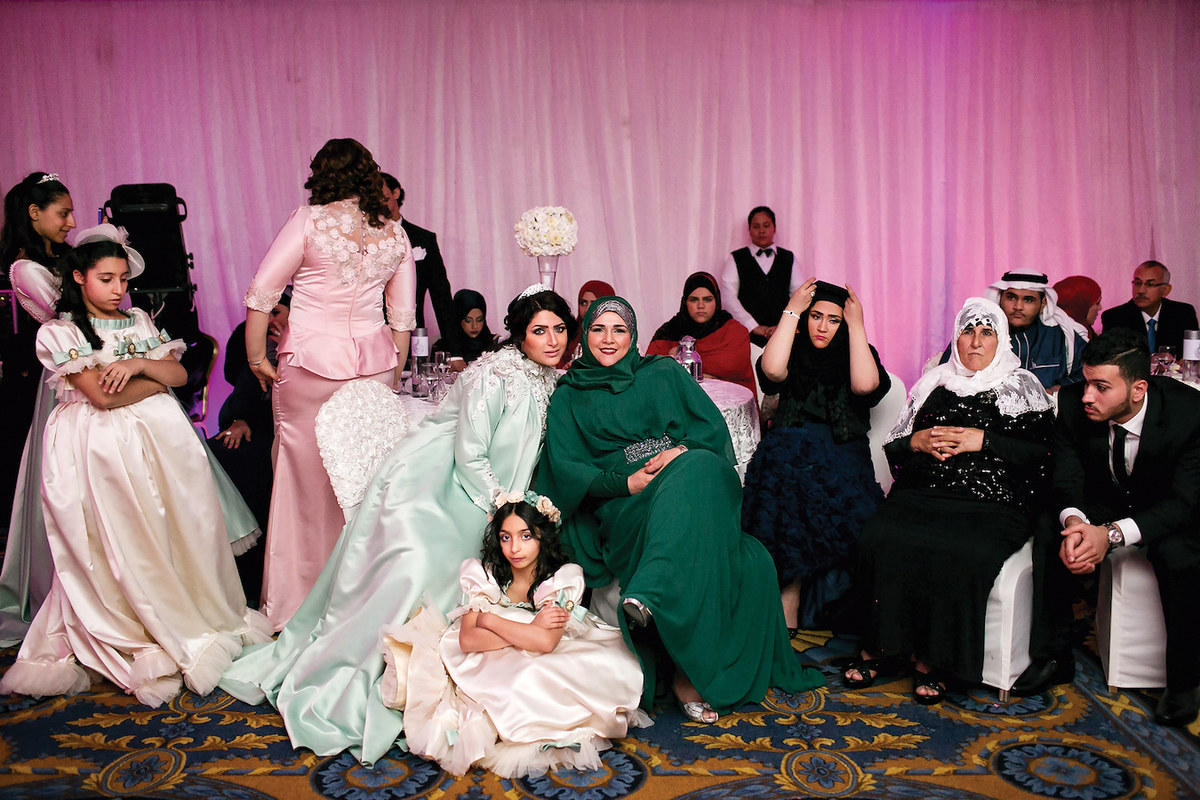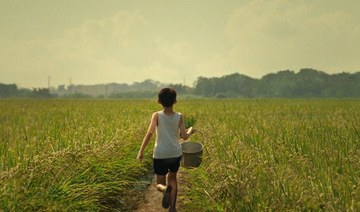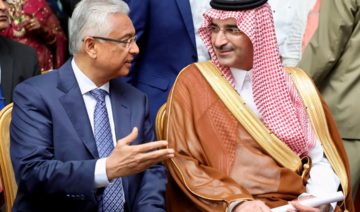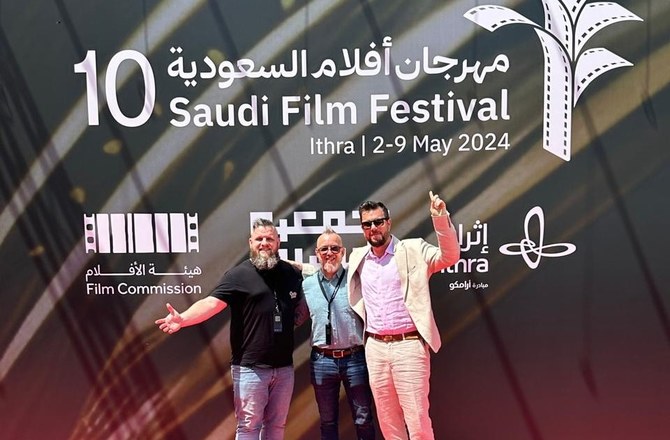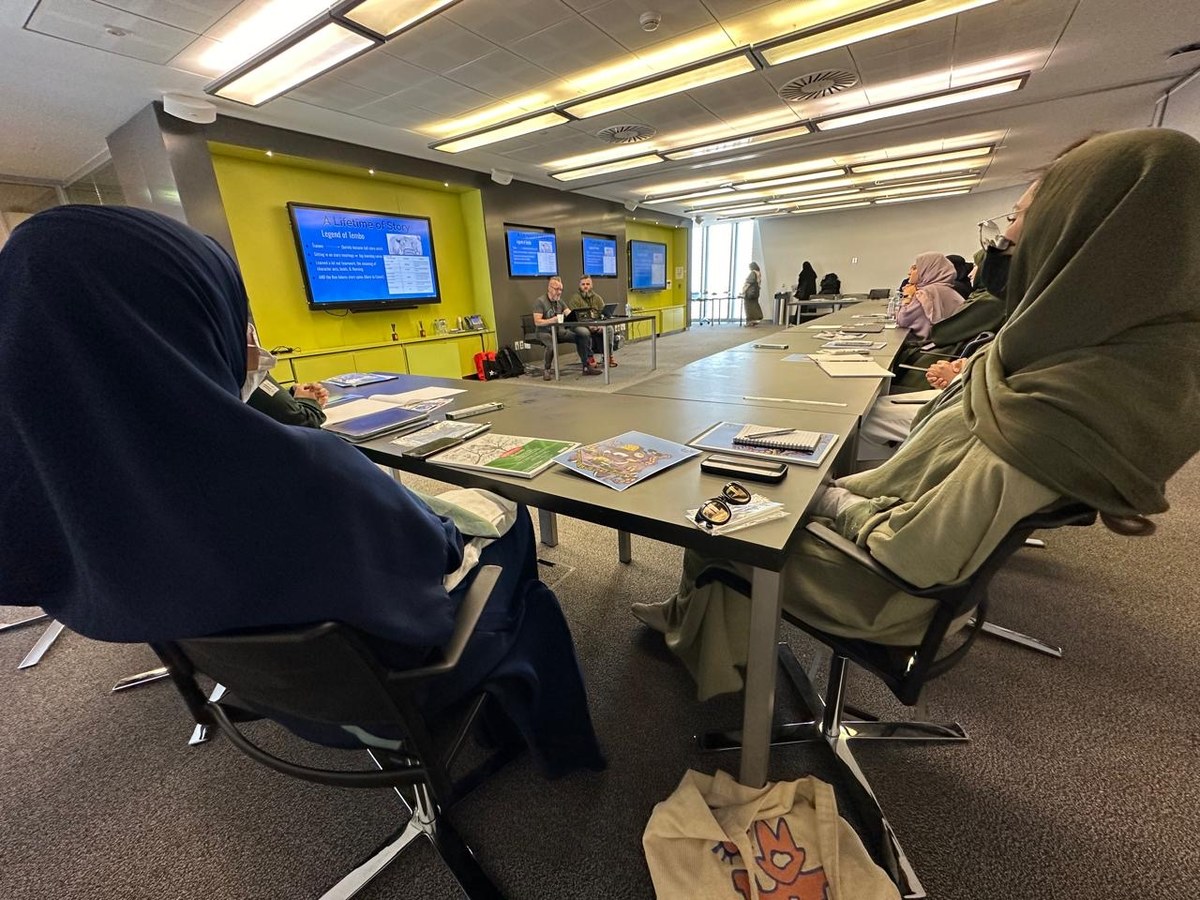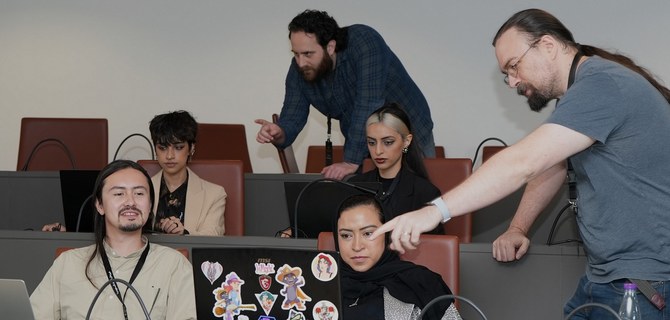DUBAI: As we have seen time and again, it is still difficult for many in the international community to put themselves in the shoes of the Arab people. While cinema has long been an important tool to broaden perspectives, video games have a power we’re only just starting to discover. For a new generation, there is no more empathetic experience than guiding a character’s journey through the controller in your hand. And for representation, that could become a true game changer.
In “Assassin’s Creed: Mirage,” the latest installment in the Ubisoft’s acclaimed blockbuster series, which released globally last week, players find themselves immersed in Arab and Muslim culture with a level of respect the medium has never seen before. Set in 9th-century Baghdad, the game follows Basim Ibn Ishaq, one of the most complex characters in the franchise’s history. And, significantly, he’s voiced by an Arab: Lebanese-Canadian actor Lee Majdoub.
“It means the world to me,” Majdoub tells Arab News. “The world is experiencing the beauty of the Arabic language, the depth and diversity of Middle Eastern culture, all produced with such love and care by people who put authenticity at the forefront.
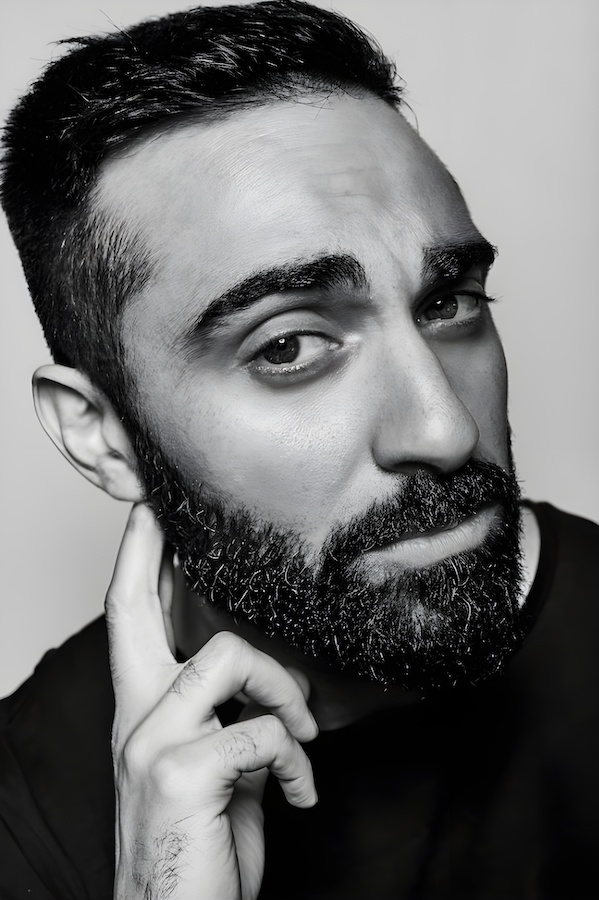
Majdoub’s star has risen quickly over the last few years. (Supplied)
“Middle Eastern and North African communities still have so much difficulty getting seen as three-dimensional people. In media, that’s held true for a long time as well. A game like ‘Mirage’ is such a treat in that sense. I’ve found myself more deeply moved by video games in the last few years than any movie or show. They’re immersive — you’re not just seeing the world through their eyes, you are them. That affects you deeply. And bringing that power to Basim’s story, to an Arab story, was a responsibility for all of us.”
Majdoub’s star has risen quickly over the last few years, after what was supposed to be a bit part as Agent Stone in 2020’s “Sonic the Hedgehog” film — itself based on a video game franchise — became a cult favorite with the series’ massive fanbase. By the time the second film was released in 2022, his character was a pillar of the story, and Majdoub was given his own posters that were plastered across the world to promote a film that ended up in the top 10 highest grossers globally last year.
Those posters were particularly moving for Majdoub, who was born in Lebanon and grew up in the US and Canada in the early 2000s. It was a time in which he desperately needed a face that looked like his own positively represented in a culture that primarily depicted Arabs as terrorists. Without it, he spent much of his youth turning away from his identity, refusing to speak Arabic for many years and burying his heritage deep within himself.

“Assassin’s Creed: Mirage” was released globally last week. (Supplied)
“There was a lot of turmoil in me,” Majdoub admits. “I’ve had a long journey to find a way to love being Lebanese, Middle Eastern, Arab.”
Then, as fate would have it, a desire to rediscover his heritage awoke within him just months before he was approached for his “Assassin’s Creed” role.
“I had this sudden realization. I called my mother and told her, ‘I want to learn to read and write Arabic again.’ She was so excited. We’d spend four days a week on WhatsApp video relearning the alphabet, learning to read like I was in grade school — sounding things out and getting frustrated. But I was determined, and slowly got better and better until I could speak and read confidently again,” says Majdoub.
“And then ‘Mirage’ came, and the team immediately asked me, ‘Do you speak the language?’ All I could think was, had they come to me a year earlier, that would have been a very different conversation,” Majdoub continues with laugh.
His journey to find himself, it turned out, was fitting for the project in more ways than one. Basim was last seen in “Assassin’s Creed: Valhalla” as the game’s secret villain, a man who had turned to darkness later in life. “Mirage” is set a dozen years earlier, finding him still full of light and in pursuit of justice, an emotional state that Majdoub could relate to.

Majdoub (right) with Jim Carrey in 'Sonic The Hedgehog 2.' (Supplied)
“This is the story of someone trying to find who they are, trying to do what’s best for others, which I identified with. I’m also trying to figure out what’s best for me — to come to terms with the man I am, in more ways than just my identity. There’s this constant struggle of trusting the path, but also feeling you need to take control, and then learning to let go of control. Basim is on this cycle, and I find myself there as well,” he explains. “In this story, he’s trying to forge his own path. But at the same time, he wants to do what's best for everybody. I think that push and pull is something a lot of us have experienced. We ask ourselves, ‘Where do I fit in? How do I do what’s right by me, and by my loved ones?’ Those are questions that have helped me reach where I am today, and are still guiding me.”
As the team at Ubisoft worked to recreate ancient Baghdad, doing an unprecedented amount of research on an area that is not nearly as well documented as previous settings for the game, they worked closely with experts to ensure that the game was as close to the lived reality as possible, which meant honoring the culture, the language, and the profound religious faith of the Islamic Golden Age. With Majdoub immersed in that landscape, he continued his journey of cultural self-discovery in a way he would never have dreamed of during those video calls with his mother.
“It’s been a genuinely profound experience. After having voiced a character like Basim, and now watching all the cinematics, hearing the music, seeing the Arabic calligraphy and exploring the design, it’s hard to not to feel more connected, and to feel even more proud to be a part of the legacy of this incredibly multi-faceted region and its people in some small way,” says Majdoub.
“Now that it’s out and I’ve finally had a chance to start playing it, I’ve also been struck by something I wasn’t expecting. I’ve been feeling this weird sadness. It’s made me realize I haven’t been back to Lebanon in a long time, and there’s so many parts of the Middle East I’ve never explored. It’s wonderful to take a journey in this game, but now I want to forge a deeper connection,” he continues. “This is the place that I come from, and now I need to go on an adventure of my own.”



